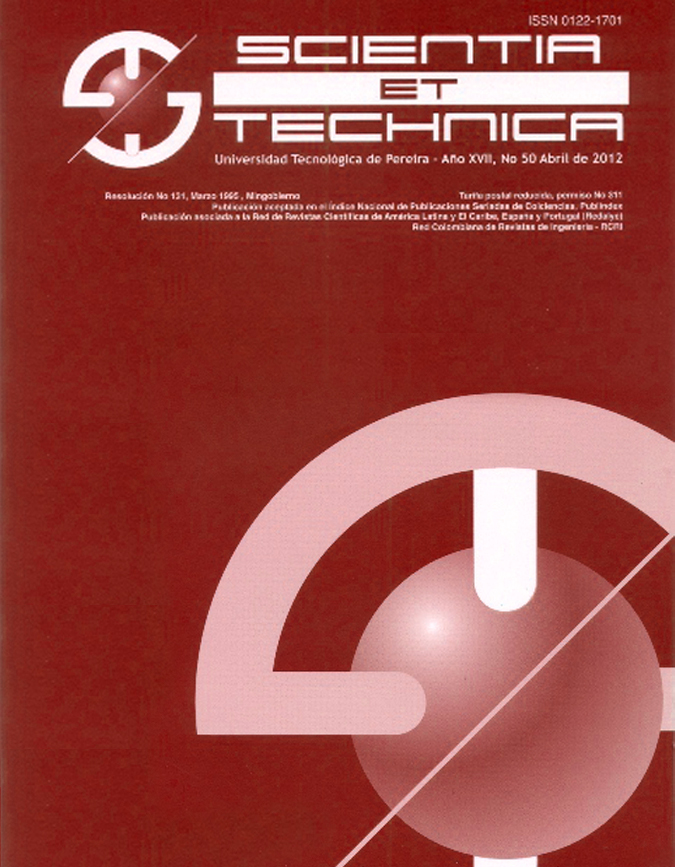Aplicación del simulated annealing al problema de las n reinas
Abstract
El Simulated Annealing, como técnica de optimización combinatorial, se usa para afrontar problemas de gran complejidad matemática; cuenta con una estrategia de aceptación para las nuevas configuraciones que permite salir de mínimos locales, y encontrar soluciones de muy alta calidad, dentro de las cuales eventualmente puede estar el óptimo global. El problema de las N Reinas es un problema clásico de búsqueda combinatorial que consiste en encontrar la ubicación de n reinas en un tablero de dimensiones nxn, con la condición de que las reinas no se ataquen entre sí. En este artículo se muestra el algoritmo del Simulated Annealing, su manejo y su implementación para resolver el problema de las N Reinas.Downloads
Downloads
-
Vistas(Views): 573
- PDF (Español (España)) Descargas(Downloads): 681
Published
How to Cite
Issue
Section
License
Copyright (c) 2017 Scientia et technica

This work is licensed under a Creative Commons Attribution-NonCommercial-ShareAlike 4.0 International License.
Copyrights
The journal is free open access. The papers are published under the Creative Commons Attribution / Attribution-NonCommercial-NoDerivatives 4.0 International - CC BY-NC-ND 4.0 license. For this reason, the author or authors of a manuscript accepted for publication will yield all the economic rights to the Universidad Tecnológica of Pereira free of charge, taking into account the following:
In the event that the submitted manuscript is accepted for publication, the authors must grant permission to the journal, in unlimited time, to reproduce, to edit, distribute, exhibit and publish anywhere, either by means printed, electronic, databases, repositories, optical discs, Internet or any other required medium. In all cases, the journal preserves the obligation to respect, the moral rights of the authors, contained in article 30 of Law 23 of 1982 of the Government Colombian.
The transferors using ASSIGNMENT OF PATRIMONIAL RIGHTS letter declare that all the material that is part of the article is entirely free of copyright. Therefore, the authors are responsible for any litigation or related claim to intellectual property rights. They exonerate of all responsibility to the Universidad Tecnológica of Pereira (publishing entity) and the Scientia et Technica journal. Likewise, the authors accept that the work presented will be distributed in free open access, safeguarding copyright under the Creative Commons Attribution / Recognition-NonCommercial-NoDerivatives 4.0 International - https://creativecommons.org/licenses/by-nc-nd/4.0/deed.es license.



